How does someone become a saint?
THE Billy Joel song says he’d “rather laugh with the sinners than cry with the saints”. And while it’s not all tears on the path to sainthood, the process is a lengthy and complicated one — for the church and supporters alike.
NSW
Don't miss out on the headlines from NSW. Followed categories will be added to My News.
THE Billy Joel song says he’d “rather laugh with the sinners than cry with the saints”. And while it’s not all tears on the path to sainthood, the process is a lengthy and complicated one — for the church and supporters alike.
The Catholic Church recognises about 10,000 saints, although that figure is muddied because for a thousand years, saints could be proclaimed by popular demand.
Ulrich of Augsburg, a German clergyman who is said to have had angels come and help him sing Mass in his old age, was the first saint to be canonised by a pope rather than by a local authorities and it wasn’t until 1243 that Pope Gregory IX declared that only the pope could declare someone a saint.
Previously, people considered godly could be elevated to sainthood if they had a strong local following — such as Saint George the dragonslayer, Saint Valentine and possibly even Saint Christopher, who all predate Christianity as we know it.
This somewhat fast and loose approach to sainthood also gave us Saint Guinefort, a 13th century French greyhound that became a saint after it was martyred by its owner who thought his pooch had eaten his baby.
READ MORE: Pope Francis adds new path to sainthood
It turned out, however, that the trusty hound had actually saved the child from a snake and was mistakenly slain when it greeted the father at the door with a bloody muzzle. The veneration of Saint Guinefort persisted until the 1930s despite the Catholic Church’s repeated attempts to stamp it out.
How do you become a saint?
The process to become a saint is lengthy, often taking decades or centuries and typically doesn’t it start until five years after a person has died.
During the early days of the Catholic Church, all that was needed was a bishop’s declaration that a person was holy and should be canonised. Pope Sixtus V established the basics of sainthood, which set out some basic requirements, and those rules remained relatively untouched until Pope Francis announced a new sainthood criteria last year.
The path to sainthood is narrow.
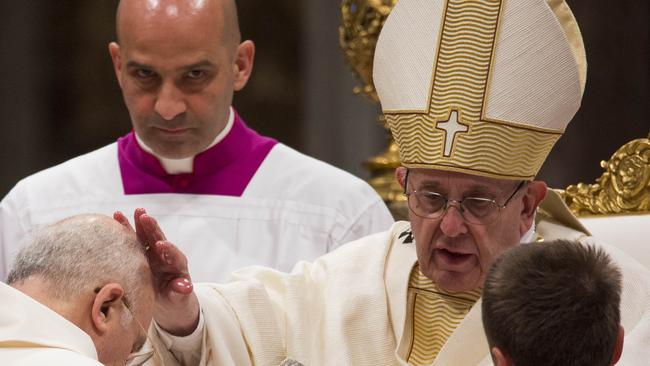
You have to either die for your faith — be martyred — such as the Early Christian martyr St Sebastian, who was tied to a tree and shot full of arrows by the Romans until “he was as full of arrows as an urchin”.
You could also be recognised because you had lived a life of “heroic virtue” like Mother Teresa, who devoted herself to the poor.
Australian authorities are now making a push for Eileen O’Connor, a Coogee nun, to be canonised under this category for her work with the needy.
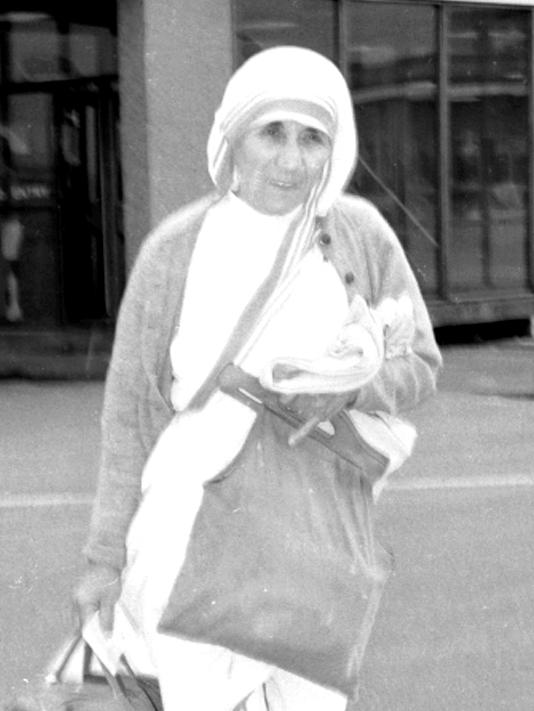
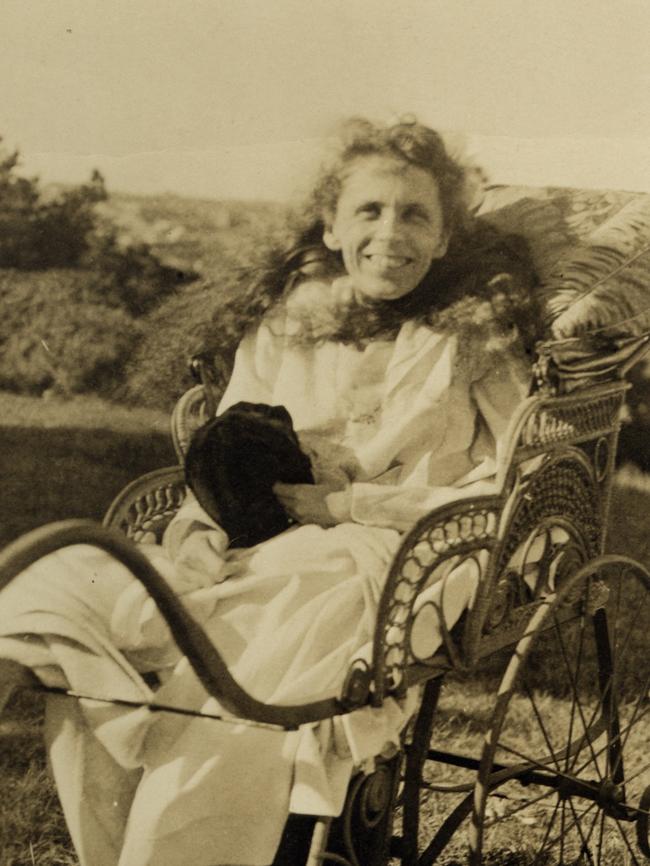
Or, in “exceptional cases”, a person can become a saint because they have a reputation of holiness years after their death.
READ MORE: Eileen O’Connor, woman who helped poor, worthy sainthood candidate
Last year, Pope Francis announced a new route to sainthood — people who had lived a good Catholic life and who freely accepted an almost certain premature death for the good of others.
The miracles
In addition to fitting into one of the above categories, you must perform at least two miracles before becoming a saint.
The miracles are seen as affirmations that someone can intervene on the part of people and are therefore holy.
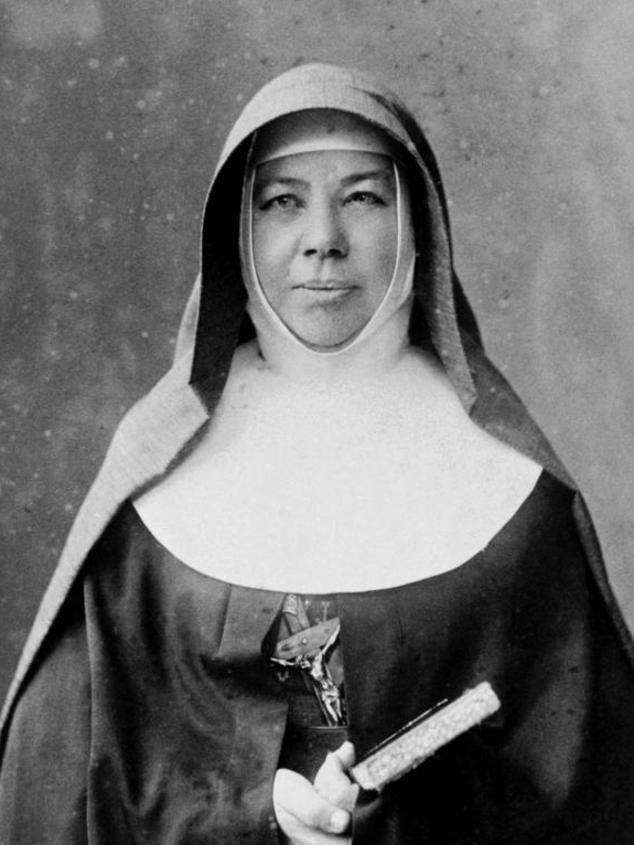
For example, Mother Teresa was canonised in 2016 after the church found she had healed a woman’s stomach tumour in India, despite doctors abandoning hope she could be saved and a Brazilian man with brain tumours.
Miracles are usually the medically unexplained healing of someone.
READ MORE: Mystery of St Mary’s and the donor with 13 children
Candidates for sainthood are investigated by the church who interview witnesses and collect documents before handing on the findings to the pope.
Australian sainthood
Mary MacKillop is Australia’s first and — for now — only saint, after being canonised on October 17, 2010.
Support to have the South Australian nun made a saint began as early as the 1920s, 10 years after her death, but her “heroic virtue” was not declared until 1992.
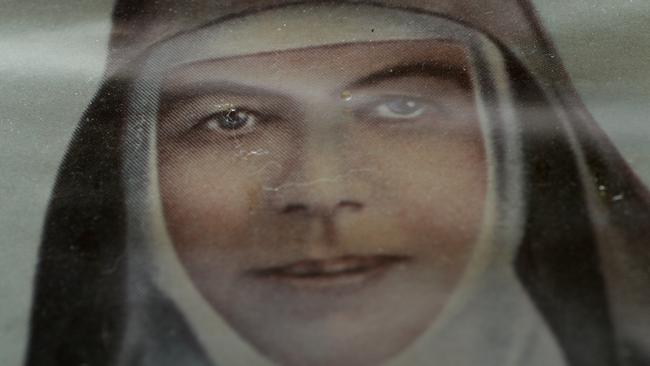
The same year, the Catholic Church declared it believed Veronica Hopson’s account of being cured of leukaemia by praying for MacKillop’s intercession in the 1960s.
In 2009, the church approved a second miracle — curing another woman from inoperable lung and brain cancer in the 1990s — and declared the Australian a saint.


